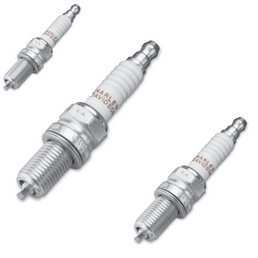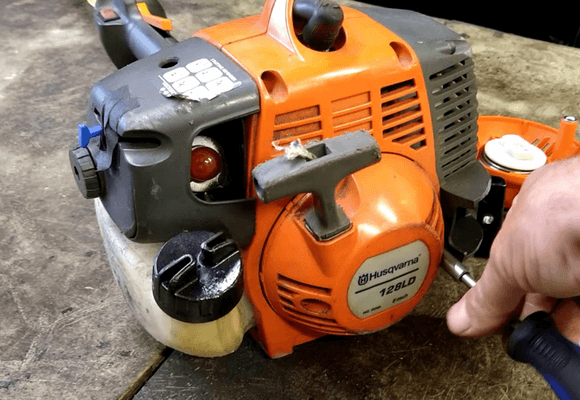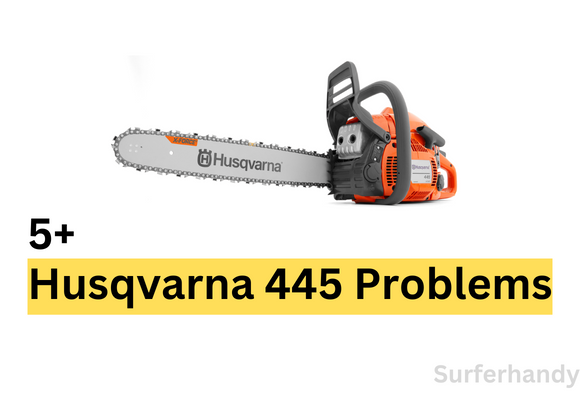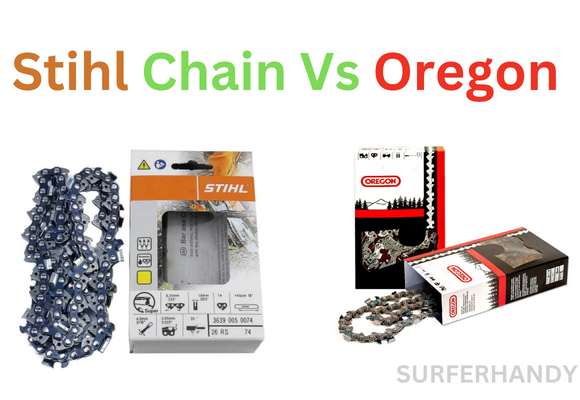Are you considering purchasing a chainsaw blade but also need to figure out how to make chainsaw last long? The chains’ lifespan is not set in stone.
Numerous variables affect how long a chainsaw chain lasts. Your chainsaw may easily survive up to 6 to 7 years if you don’t abuse it and handle it carefully.
You should be aware of the elements that may shorten the life of your chainsaw chain and utilize them appropriately.
How often you use the chainsaw determines a significant portion of its lifespan. The method you take care of your chainsaw chain or the kind of material you cut with it may also be contributing factors.
Surferhandy will give you some insight into making chainsaws last as long as possible. As well as explore the method to make it long.
No matter how good you are with tools, you should only operate a chainsaw with at least the minimum necessary items for safety. Make sure you wear the appropriate safety equipment before your chainsaw project.
That includes steel-toe boots and gloves, safety glasses, and ear protection. Branch and debris should be removed from the area where you are working.
It’s also important to consider your clothing; always wear long pants, a long-sleeved shirt, and a hard hat. It’s also best to work with a few buddies when possible; someone can cut while another handles the manual labor.
Chains awing aren’t just a job; it’s a lifestyle choice that you must take seriously. Follow these guidelines to stay safe on the job and get the most out of your chainsaw over time.
How to Make Chainsaw Last Long- Everything You Need to Know
Chainsaws are a practical tool, but they’re not exempt from general wear and tear. Like anything else, if you are thinking about how to make chainsaw last long, you’ll need to do some regular maintenance. Here are some easy rules to follow.
Oils & Fuels
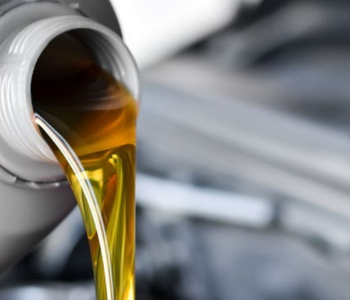
You might wonder if oils and fuels are necessary to keep your chainsaw in good condition. They are required, so the answer is yes.
One of the biggest causes of premature chainsaw death is improper lubrication. Oils and fuels help keep the moving parts of the chainsaw lubricated and free of debris, which extends the life of the chainsaw.
Using the proper oil and gasoline for your chainsaw is crucial. You must consult the manual that came in the packaging to learn about the different kinds of oil and fuels that work compatibly with your chainsaw.
Maintain and Sharpen the Chain
You should also maintain and sharpen the chain regularly. This means keeping it clean and well-oiled and checking the blade for wear and tear.
- If the chain is loose, it will wear down more quickly. Therefore, it’s crucial to maintain tension by utilizing the chain tensioner. You can also tighten it with a screwdriver if need be.
- Make sure to sharpen the chain often. The sharper the blade, the less work it has to do to cut through wood, which will, in turn, extend the life of your chainsaw.
Clean Up After Using the Chainsaw
Getting rid of the created mess through the chainsaw’s operation is essential once you are done utilizing it. Unburnt fuel, sawdust, and tree sap can all build up on the blade and in the engine, leading to corrosion and reduced performance.
To clean up after use, clean away any visible debris with a damp cloth. To refill the tank with fresh fuel, empty the old energy first. After refueling, remove any remaining sawdust by brushing it off with a stiff brush. Finally, try oiling the chain periodically to keep it running smoothly.

Cleanup only takes a little bit of time if you do it regularly, but it makes a massive difference in helping your chainsaw last longer. So remember to take a few moments after each use to ensure your chainsaw is running like new!
Regularly Inspect the Chainsaw for Wear & Tear
The last rule of thumb to get the most out of your chainsaw is to inspect it regularly for wear and tear. Keeping an eye out for noticeable damage is critical to minimizing future repair costs.
You should look for a few things: cracks in the body, visible rust spots, missing or broken safety guards, excessive vibration when performing a cutting task, and any other loose parts, such as the bar cover plate or handle.
You should also check if the chain brake or throttle trigger isn’t functioning correctly. Furthermore, these will need replacing if you see any chips in the cutting teeth.
If it’s been a while since your chainsaw got a tune-up, that’s something else you can have done to keep it running smoothly.
Does Price Matter?

You may be tempted to go for the cheap option when shopping for a chainsaw, but it’s essential to know that the price tag sometimes reflects the quality. You can find some well-made economical models, but generally speaking, you get what you pay for when it comes to chainsaws.
Spending more money on a top-of-the-line model might hurt your wallet, but a high-quality saw is well worth it in the long run.
They are usually made with better components, such as a higher-grade motor and better bars and chains. Therefore, you should use this easy-to-maintain and long-lasting chainsaw as these features that other cheaper models lack.
In addition, more expensive chainsaws often come with better warranties and customer service, ensuring that your investment will be covered in case of any issues. So if you’re willing to splurge just a bit more on your next saw, it could pay off.
What Affects Chainsaw Expectancy?
Several factors impact Chainsaw’s lifespan, so you should consider those factors before buying one. Remember to consider the stated elements to extend your chainsaw’s working period.
- Type of Wood: If you primarily use your chainsaw to cut hardwoods, it will only last for a short time as if it were for cutting softwoods. Hardwoods put more stress on the chainsaw and will cause it to wear down faster.
- You will shorten the lifespan of your chainsaw if you use it more frequently. Chainsaws will last much longer if they are used once a year rather than daily.
- Storage: How you store your chainsaw can also affect its lifespan. If you keep it properly, in a dry and safe place, it will last longer than if you leave it out in the elements.
- Maintenance: Properly maintaining your chainsaw will also help it to last longer. This includes things like sharpening the chain and oiling the saw.
Tips for Cleaning Your Saw Correctly
Here are the steps to take to clean your chainsaw:
- Start by unplugging the chainsaw and removing the battery, if it has one.
- Ensure all dirt and sawdust have been removed from the chainsaw with a brush or rag.
- Inspect the chain for any damage, and replace it if it’s broken or worn.
- Finally, use a lubricant to coat the chain. Keeping it in proper condition will be easier this way.
Conclusion
Ensure your chainsaw is appropriately and thoroughly cleansed every time you use it. This will help ensure that the chainsaw stays in good condition and that it’s ready for the next time you need it.
By following these simple steps, you can help to keep your chainsaw in good condition and ensure that it lasts for a long time.
